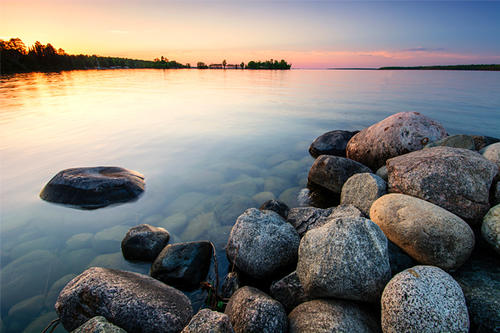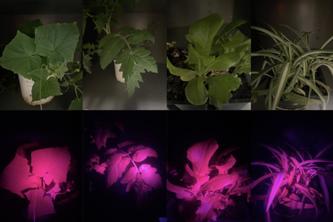
Minnesota means “land of sky-blue waters.” But how can our state waters stand up to modern pollution pressures? Under the auspices of the University’s Institute on the Environment, a group of water experts came up with eight guidelines.
One fact that may not be widely known: The biggest use of water in Minnesota is to cool power plants that make electricity. This disproportional use points to a lack of alignment among various policy sectors in Minnesota. To achieve sustainable water use, policies concerning water, land, transport, and energy must work in synch.
Another issue: Despite having a framework to lead clean water efforts, the state is not achieving its goals.
“The longer we wait, the worse problems may get,” the experts say. “For example, we’ve put increasing stress on groundwater resources, and to solve this, we need to explore more surface water options.”
- Categories:
- Agriculture and Environment





